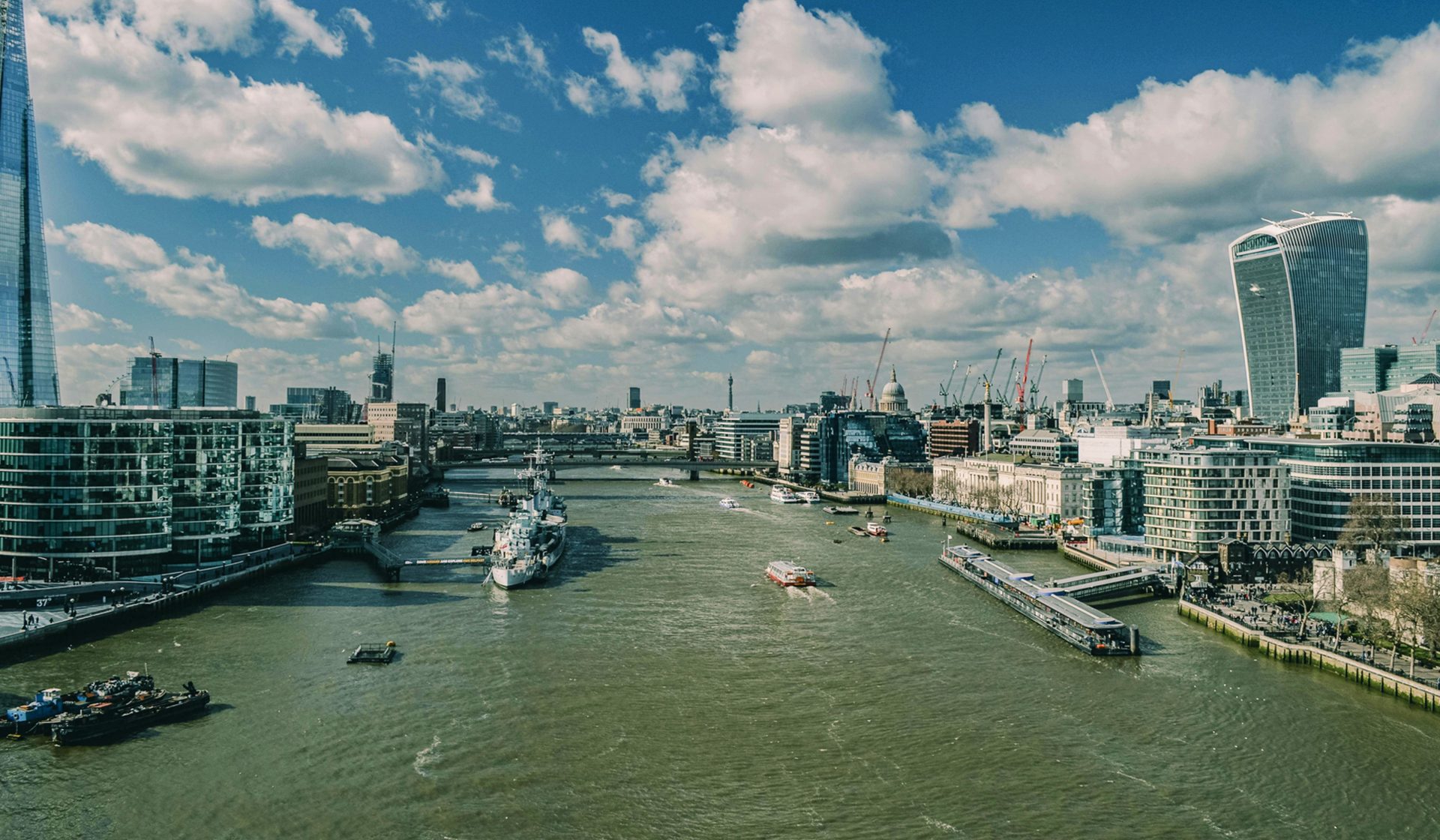Mayor Sadiq Khan has made a bold pledge that rivers across the capital will be swimmable within 10 years. But local authorities are concerned the plan is a threat to public safety.
In 2023, Sir Saqiq Khan announced plans to ‘turbocharge’ restoring London’s rivers and waterways, part of a broader environmental agenda that aims to bring the capital in line with other global cities like Copenhagen and Paris.
Khan’s initiative includes commitments to reduce pollution, tackle sewage overflows, and improve overall water quality – but the most notable branch of his pledge, and one which helped secure him another term as London’s mayor, was the claim to make the cities rivers swimmable by 2035.
‘[I will] launch an ambitious plan to make rivers in London swimmable within ten years […] working with partners to reverse the damage done to our rivers and waterways.’
The initiative is one of many environmental priorities spearheaded by Khan, including the Ultra Low Emission Zone (ULEZ) and tree-planting programs. But local authorities have recently raised concerns about the safety of the mayor’s claims.
A senior official at the Port of London Authority (PLA), which manages the tidal section of the Thames, said the way in which the plan had been summarised in the media was a cause for concern.
‘I think when we get headlines like ‘swimmable Thames’, it does mean that people will think it’s safe to swim in,’ said Grace Rawnsley, the PLA’s director of sustainability.
In reality, organisations like these have worked to reduce the number of deaths in the famous river, with many going into the water unaware of the dangerous and powerful tides.
‘In 2023, I think there were 31 deaths in the tidal Thames, from people going in when they shouldn’t have gone in, or accidents etc.’. In 2022, that number was 109.
Comment
byu/Creative_Recover from discussion
inlondon
‘It’s about doing it in a safe way’ Rawnsley continued, ‘and certainly in the tidal Thames we would always be discouraging that [swimming]… so it’s really important to have that kind of messaging about how you do that safely.’
The Thames is tidal for most of its course through London, making it a highly dangerous swimming spot across the capital.
Significant boat traffic, from cargo ships to passenger ferries, and its tidal nature also mean water levels can rise and fall by up to seven meters within a few hours. Even in areas where water quality might be deemed acceptable for swimming, physical dangerous are still prominent.
Khan’s initiative does address some long-standing environmental concerns. London’s rivers have historically suffered from pollution, with untreated sewage and industrial waste regularly entering waterways.
Famously in 1858, the ‘Great Stink’ prompted the creation of a modern sewer system after the Thames reached high levels of pollution.
Today, the Thames is one of the cleanest rivers in Europe for its size, supporting over 125 species of fish. The Tideway Tunnel project, set to complete in 2025, will further reduce sewage discharge, making the water safer for both wildlife and humans.
So encouraging swimmable rivers like those in Copenhagen seems like a logical next step. Advocates for wild swimming say it improves public health, fosters community spirit, and reconnects Londoners with their natural environment.
And it’s hard to argue otherwise. But the real issue lies in where that swimming takes place.
A spokesperson for Khan has since responded to public concerns, saying that ‘the Thames and its tributaries are the lifeblood of London, which the mayor is committed to cleaning up and protecting so that all Londoners can safely enjoy the benefit of nature – including swimming where safe to do so.’
‘The tidal part of the Thames will never be safe to swim in, but the Port of London Authority is responsible for ensuring the water is generally more safe and accessible to the public.’
To realize Khan’s dream without compromising public safety, robust measures will need to be implemented. Experts recommend designated swimming zones away from tidal currents and boat traffic, monitored by lifeguards and supported by clear signage.
Some areas of London already offer safe, controlled environments for outdoor swimming, such as Hampstead Heath’s ponds and the Serpentine in Hyde Park. Expanding these kinds of facilities along the Thames’ tributaries or creating designated swimming areas will be a more pragmatic solution than opening the entire river.
Khan’s pledge has undoubtedly started an important conversation about London’s rivers and their role in urban life. Cleaner waterways are a laudable goal, and the potential benefits of swimmable rivers—from improved mental health to increased biodiversity—are immense.
But like most things that offer such grand opportunities for change, achieving this vision will require careful planning, collaboration with safety authorities, and significant investment.
The success of the initiative will depend on whether it can strike a balance between ambition and practicality. The dream of swimmable rivers should not come at the cost of public safety.

















